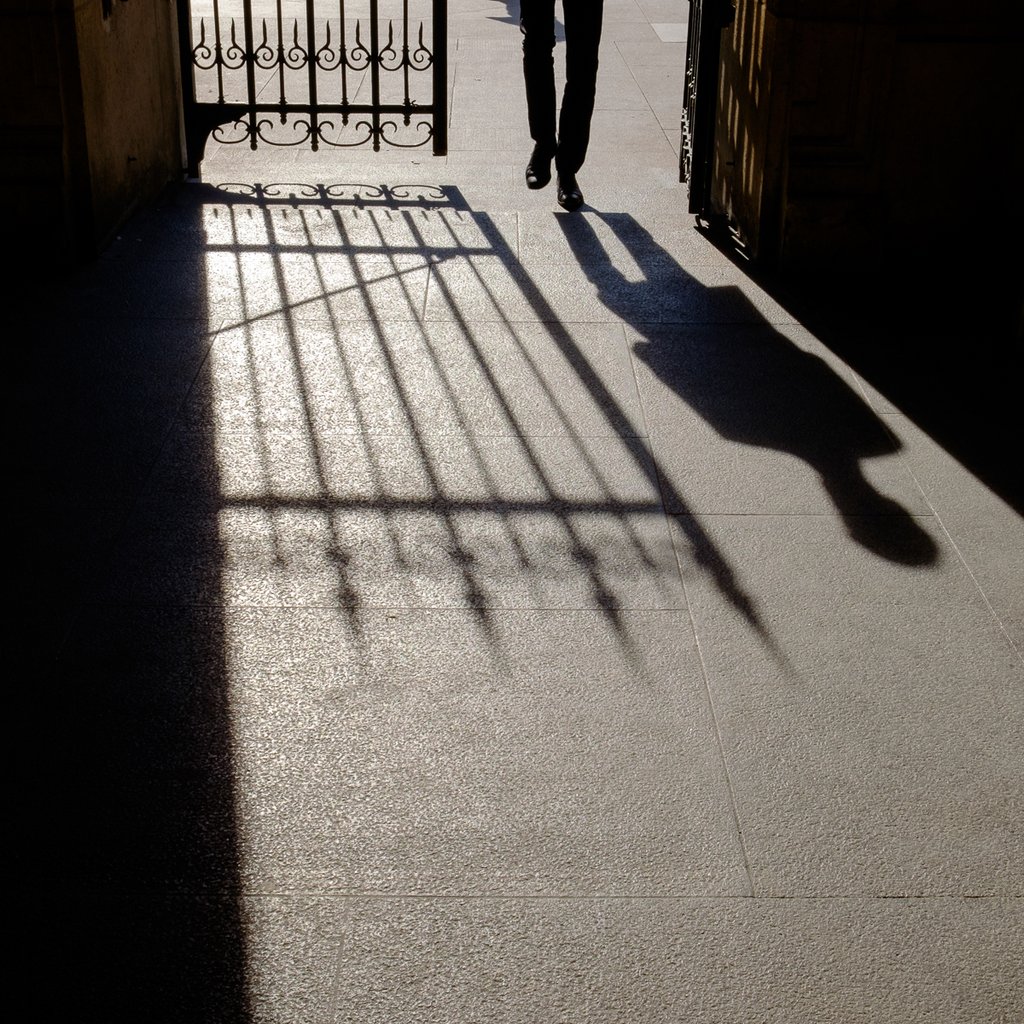I believe every photographer has vision—to one degree or another, we all have it. Vision is the way we see the world; it’s what we want to say with our photographs, even when that’s just, “Oh my God, look at that.” How we translate our vision into our photographs is the subject of 100 blog posts about the visual language, but for many of us, digging under the surface a little to be more aware of our vision—our intent for our images—is the first step in becoming clearer about the photographs we make and how we go about making them. Here are four ways to become clearer about your own vision.
1. Follow Your Heart
Ignore how hippy-dippy this may initially sound and take a moment to consider (or even to write down) the things you love. Which things light up your soul and quicken your pulse? Which things would you give your last days to? What would you fight to defend? In short, what truly matters to you? This is part of how you see the world. It’s the things about which you have something to say. Writers don’t write about things they don’t care about; neither do the strongest photographers. Now enjoy the freedom that comes with following that thread. Create a personal project around something you care deeply about and pour yourself into that. There’s freedom in knowing what you want to photograph, but there’s also much freedom to be found in knowing all the things you don’t need to point your lens toward. Your work will get better as you exclude the things that you don’t care intensely about.
2. Study Your Work
Take a look at the best work you’ve done over the last five years. What are the commonalities? Maybe your best work is candid images of your family. Maybe it’s animals. Maybe it’s portraits of women. It’ll change over time, as we do, but the subjects about which we have something to say are not the only part of our vision that’s worth being aware of. Part of it is how we express those subjects: this is interpretation. Look at that work again. Do you prefer bright colours or black and white? What kind of colour palettes are you drawn to? Do you love soft light or hard shadows? Do you lean towards the compression and isolation of longer lenses or do you like the energy and inclusion of wider lenses? Or a combination of these things? I don’t think we necessarily need to absolutely pin it down, but I think we need to be aware of the ways of expressing things that seem most aligned with who we are and to be ok with that. Getting a sense of your vision and your voice is one thing. Having the courage to own it is another.
3. Work on Your Craft
The more we play with the tools of our craft and remain open to learning new things, the more we discover about ourselves. I think cameras not only help us express the way we see the world, they help us discover the way we see the world. Some techniques won’t resonate with you; some will feel like a natural fit. Learning what doesn’t work for you is just as valuable as knowing what does. The same is true of studying the work of other photographers, because even if you don’t love their work, there is much to learn. Look at that work and ask yourself, “How does this photographer see the world? What is important to them? How would you describe his or her subjects to someone who didn’t know them? How would you describe the way their work itself looks?” I look at the photographs of Elliott Erwitt and know something of the way he sees the world. It’s unmistakable. The same is true of the work of James Nachtwey, Ansel Adams, Edward Burtynsky, or Annie Leibovitz, to name a few. Look at their work and you’ll see it. I hope the same is true—more and more as the years go by—of my own work. I hope you see something of me there. And that brings me to one more way you can get some insight into your own vision: ask others.
4. Ask Others
Pull together a collection of the 100 photographs that you consider your best, the ones you love the most, for whatever reason. Now give them to a photographer you respect to sit with for a week. Choose someone with experience, and ask them to tell you what they see; specifically, what they see about you and how you see the world. If you’re very young in this craft, that might be difficult because at the beginning we do a lot of exercises, studies, and imitations in order to learn the tools. But most of us eventually gravitate to some subjects more than others—to some ways of expression more than others—and I’m betting it wouldn’t be too hard for someone else to look at your work and offer some insights. It’s often much easier to see it in others than it is to see it in ourselves.
And then?
So what do you now? We all have different reasons for making photographs. Some are content with just making sharp, well-exposed images, though I doubt that’s you because you’d have given up on this article after the third mention of vision. So if you’re asking me what to do with this information, I’d say start to focus. Photography is the art of exclusion and that applies to our bodies of work as much as to our individual images. Create a well-defined personal project based on what you’ve learned. For example: “By the end of the year I will create an 18-image series of black and white photographs that shows the relationship between my 2 kids.” Or “In the next two months, I will create 30 photographs that work together to tell the story of my neighbourhood.” I am working on a series of photographs that explore my deepening love for the ocean and the larger pelagic animals I encounter there. And I’m going back to black and white photographs of my travels to focus more on human stories. I do other things too, exploring whatever my curiosity takes me to, but it’s the well-defined personal projects (sometimes the definitions change a little as the work grows) that give my vision a place to grow, to express itself, and to challenge its own assumptions.



Comments
Pingback: Donnerstags-3er: Streetfotografie gibt es nicht, Was ist deine Vision? und etwas für die Kommandozeile – Tilman Köneke